Nunnamujip (눈나무집)
4.9Km 2020-06-16
136-1, Samcheong-ro, Jongno-gu, Seoul
+82-2-739-6742
Nunnamujip is famous for a North Korean dish called, “Kimchi mari guksu”, which is a noodle dish in cold kimchi soup containing toasted laver, a boiled egg, and sesame. The soup is refreshingly cold and a little spicy. For “Kimchi mari bap”, a bowl of rice is put into cold kimchi soup instead of noodles. The taste is very unique. In addition to Kimchimari, “Tteokgalbi” is a popular dish on the menu as well.
The main restaurant is located in the basement, which has only limited seating capacity with a few tables. As a result, many people usually wait in line for lunch or dinner. A second franchise has opened in a three-story building across the street. To enjoy a quaint atmosphere, the first establishment is better, but the new one’s interior design is much more modern and fancier, giving it a fresh altering look.
Eungam-dong Donkkaseu (응암동돈까스)
5.0Km 2021-03-29
338, Eungam-ro, Eunpyeong-gu, Seoul
+82-2-352-2414
It is a favorite restaurant among local residents. The best menu at this restaurant is jumbo sized pork cutlet. This Korean dishes restaurant is located in Eunpyeong-gu, Seoul.
Hangeureut (한그릇)
5.0Km 2021-03-18
136, Samcheong-ro, Jongno-gu, Seoul
+82-2-720-5613
A store that also serves delicious meat noodles. The best menu at this restaurant is rice soup. This is a Korean cuisine located in Jongno, Seoul.
2CAFE (2카페)
5.0Km 2021-03-25
5, Dangsan-ro, 36-gil, Yeongdeungpo-gu, Seoul
+82-2-2671-2044
It is a place where you can enjoy various types of coffee. The best menu at this restaurant is americano. This cafe is located in Yeongdeungpo-gu, Seoul.
Odumak (오두막)
5.0Km 2008-02-28
Eunpyeong-ro 11(sibil)-gil 7-8, Eunpyeong-gu, Seúl.
Odumak prepares delicious home-style cuisine of Jeolla-do.
Using authentic and natural recipes is the secret behind the consistent fresh taste of this restaurant.
All the major seasonings and sauces, including doenjang (soybean paste) and gochujang (red hot pepper paste) are made in-house.
Visitors can relax in the intimate and cozy home-like atmosphere of the restaurant.
With the open kitchen, guests can also be assured of the most careful sanitation.
Salon Sulla (살롱순라)
5.0Km 2021-03-30
75, Yulgok-ro 10-gil, Jongno-gu, Seoul
+82-2-6409-0027
It is a restaurant, decorated in a hanok style, that sells Western dishes. This Western dishes restaurant is located in Jongno-gu, Seoul. The most famous menu is pollack roe pasta.
Haesim (해심)
5.0Km 2021-03-25
1-2, Dangsan-ro, 36-gil, Yeongdeungpo-gu, Seoul
+82-2-2631-7890
It is a place where you can enjoy various types of fresh sashimi. This Korean dishes restaurant is located in Yeongdeungpo-gu, Seoul. The most famous menu is pollack soup.
Imone Gopchang - Chungmuro Branch (왕십리이모네곱창 충무로국민은행골목)
5.0Km 2021-04-08
38-1, Chungmu-ro, 2-gil, Jung-gu, Seoul
+82-2-2282-0878
This Korean cuisine is located near Chungmuro Station, Seoul. The representative menu is grilled beef small intestine. A restaurant specializing in Korean-style grilled intestines.
Museo del Búho (부엉이박물관)
5.0Km 2022-09-19
Bukchon-ro 143, Jongno-gu, Seúl
El búho es considerado como un animal símbolo de la sabiduría. En los cuentos infantiles, muchas veces se ven a búhos con gafas y libros en sus alas. El museo está diseñado al estilo clásico, como una cafetería, y expone obras artísticas, artesanías, etc., alrededor de 2.000 piezas relacionadas con los búhos. Dichos artículos fueron coleccionados durante 30 años, recorriendo varios lugares del mundo, por Bae Myeong-hui (madre de los búhos), quien es la directora del museo.
Es un espacio peculiar, que fue reconstruido sobre una antigua casa, y los visitantes son recibidos calurosamente por la madre de los búhos, que también les sirve café o té. Al estar ubicado cerca del centro de la ciudad, es ideal para aquellos que deseen disfrutar un momento especial, observando las artesanías y obras artísticas. Además, otra fuente de diversión es escuchar historias sobre los búhos y los episodios relacionados con la colección.
Paseo Bajo la Luz de la Luna en el Palacio Changdeokgung (창덕궁 달빛기행)
5.0Km 2024-08-21
Yulgok-ro 99, Jongno-gu, Seúl.
1522-2295
Construido en un principio como una residencia real, el palacio Changdeokgung se convirtió en el principal lugar de gobierno durante la dinastía Joseon después de que el palacio Gyeongbokgung fuese destruido durante la invasión japonesa del siglo XVI. Además de su relevancia política, el palacio es reconocido por su arquitectura y su bello entorno natural. En 1997 la Unesco designó al palacio Changdeokgung como Patrimonio Cultural de la Humanidad. Como parte del proyecto de creación de nuevos espacios, el Paseo Bajo la Luz de la Luna del Palacio Changdeokgung ofrece una oportunidad única de presenciar la belleza de los palacios coreanos. Este recorrido comienza en la puerta Donhwamun y continúa durante unas dos horas a través de los pabellones Injeongjeon y Nakseonjae, y el Jardín Huwon.
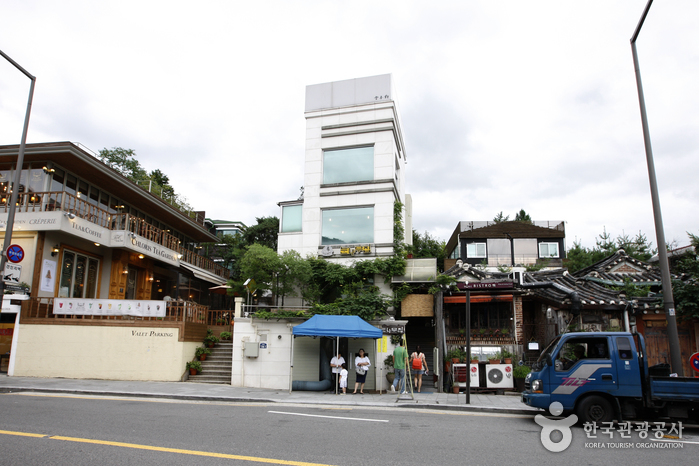
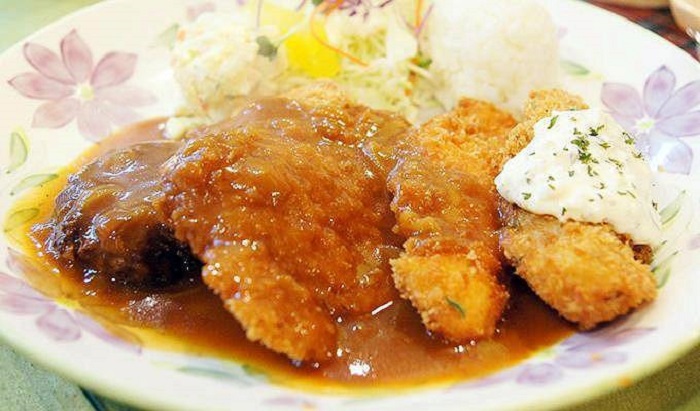
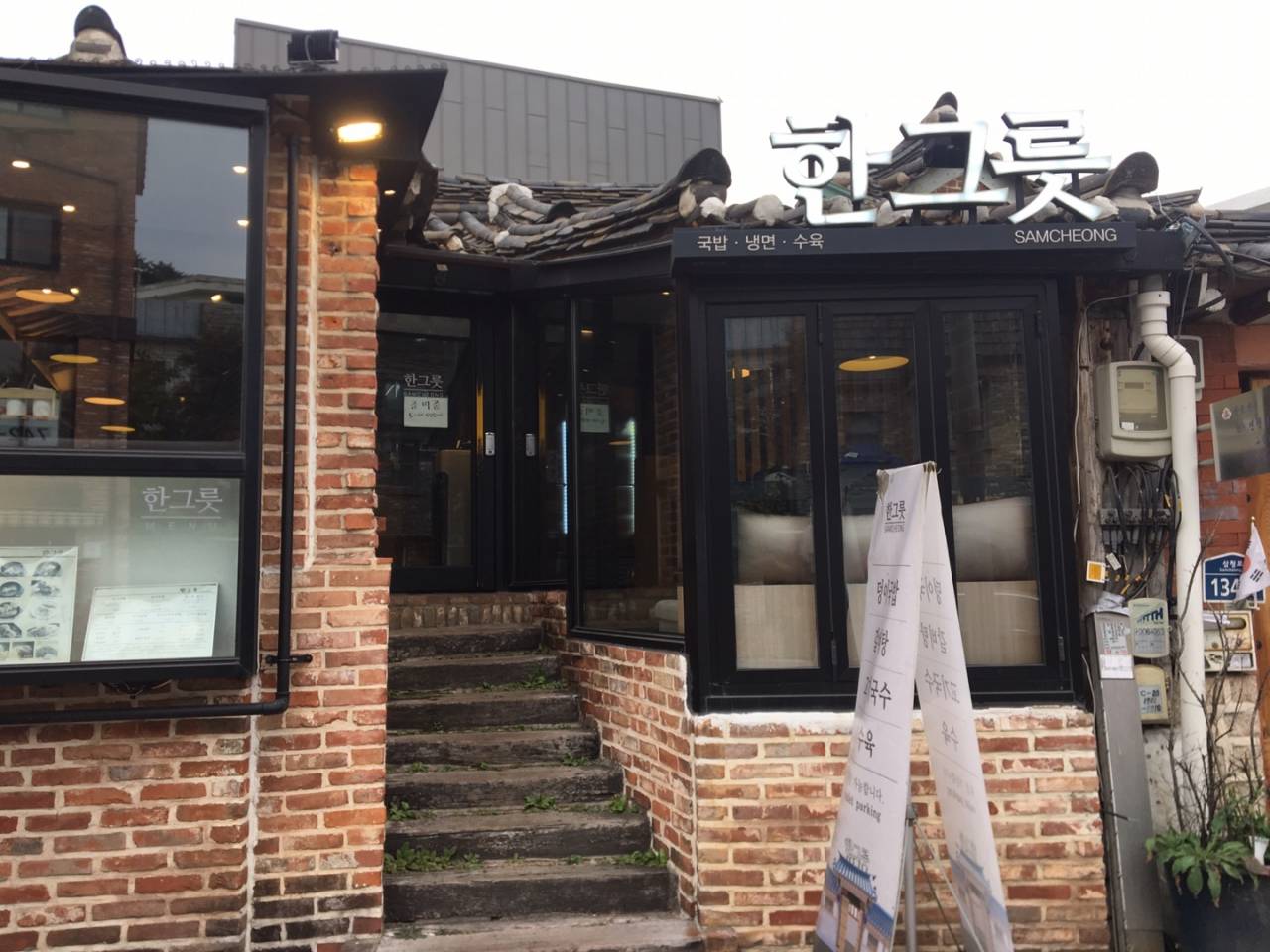
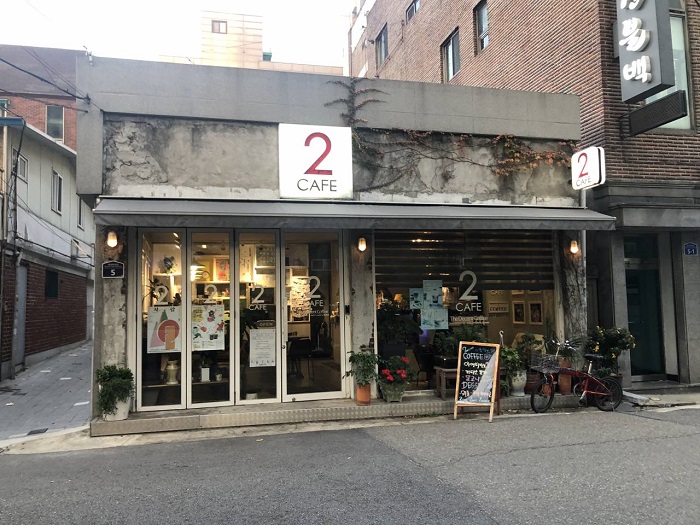

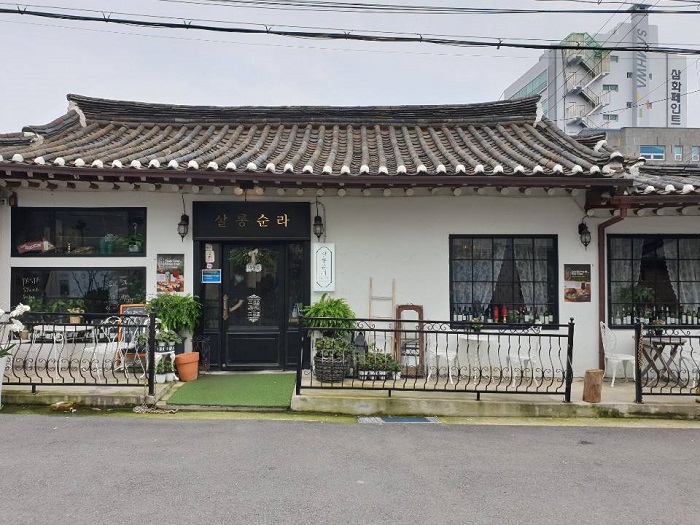
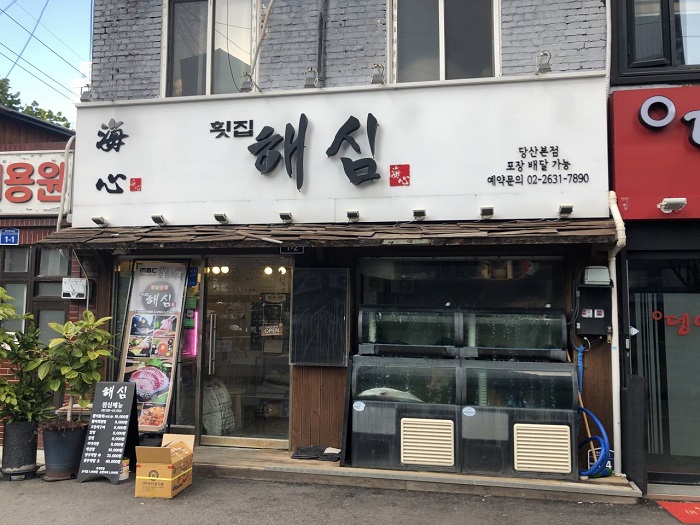
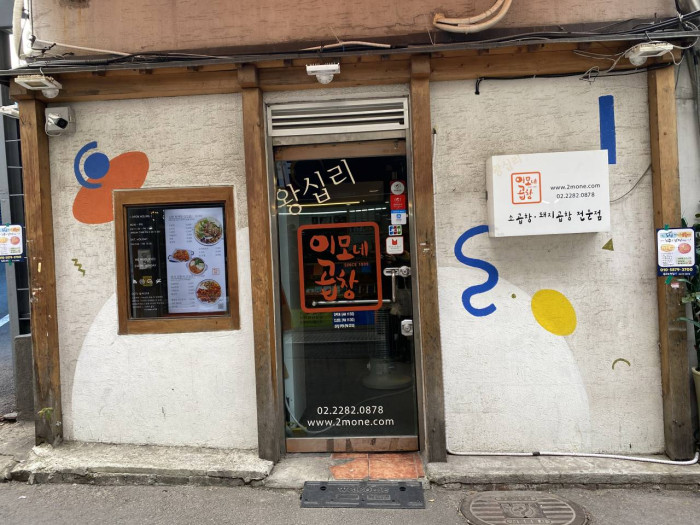
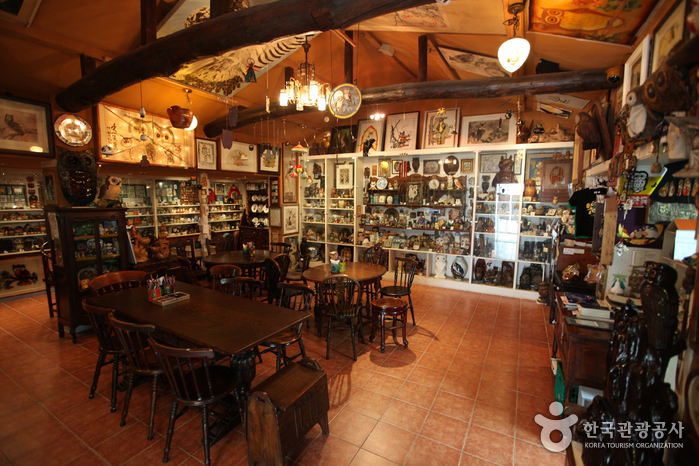
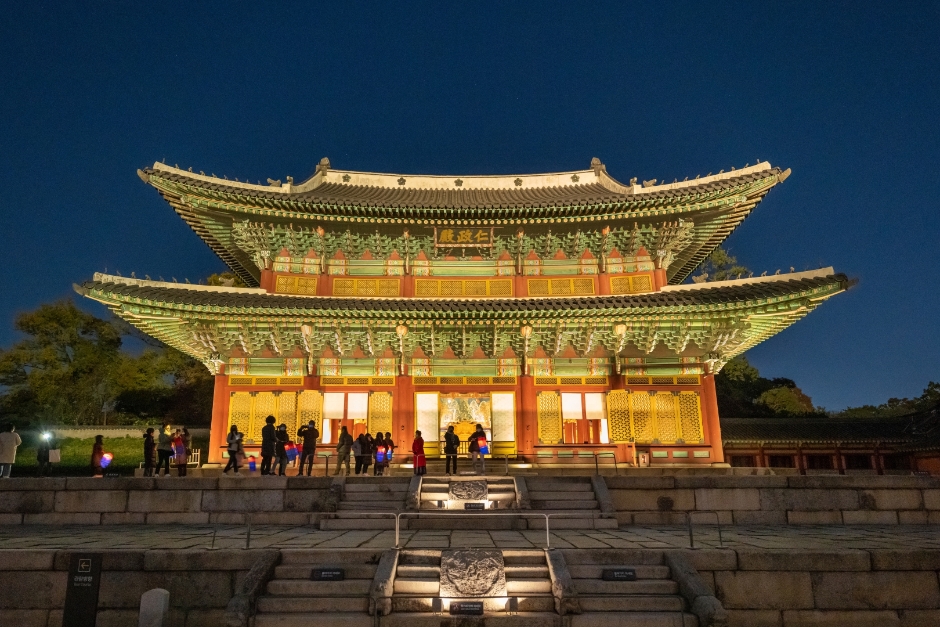
 Español
Español
 한국어
한국어 English
English 日本語
日本語 中文(简体)
中文(简体) Deutsch
Deutsch Français
Français Русский
Русский